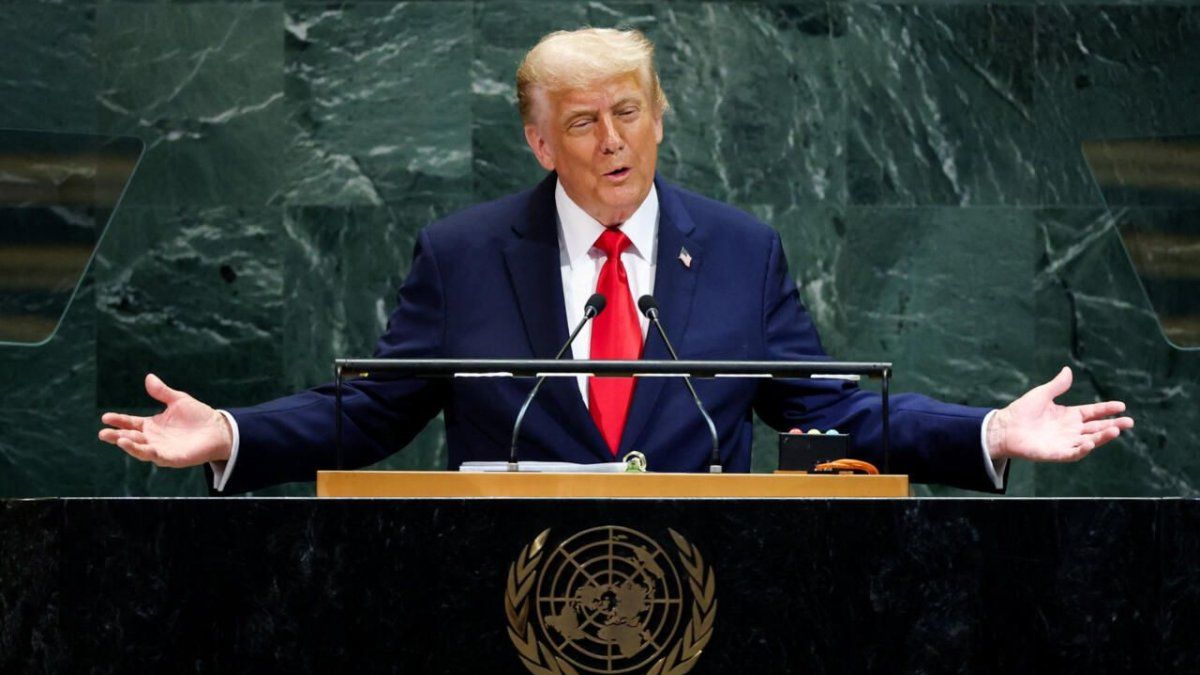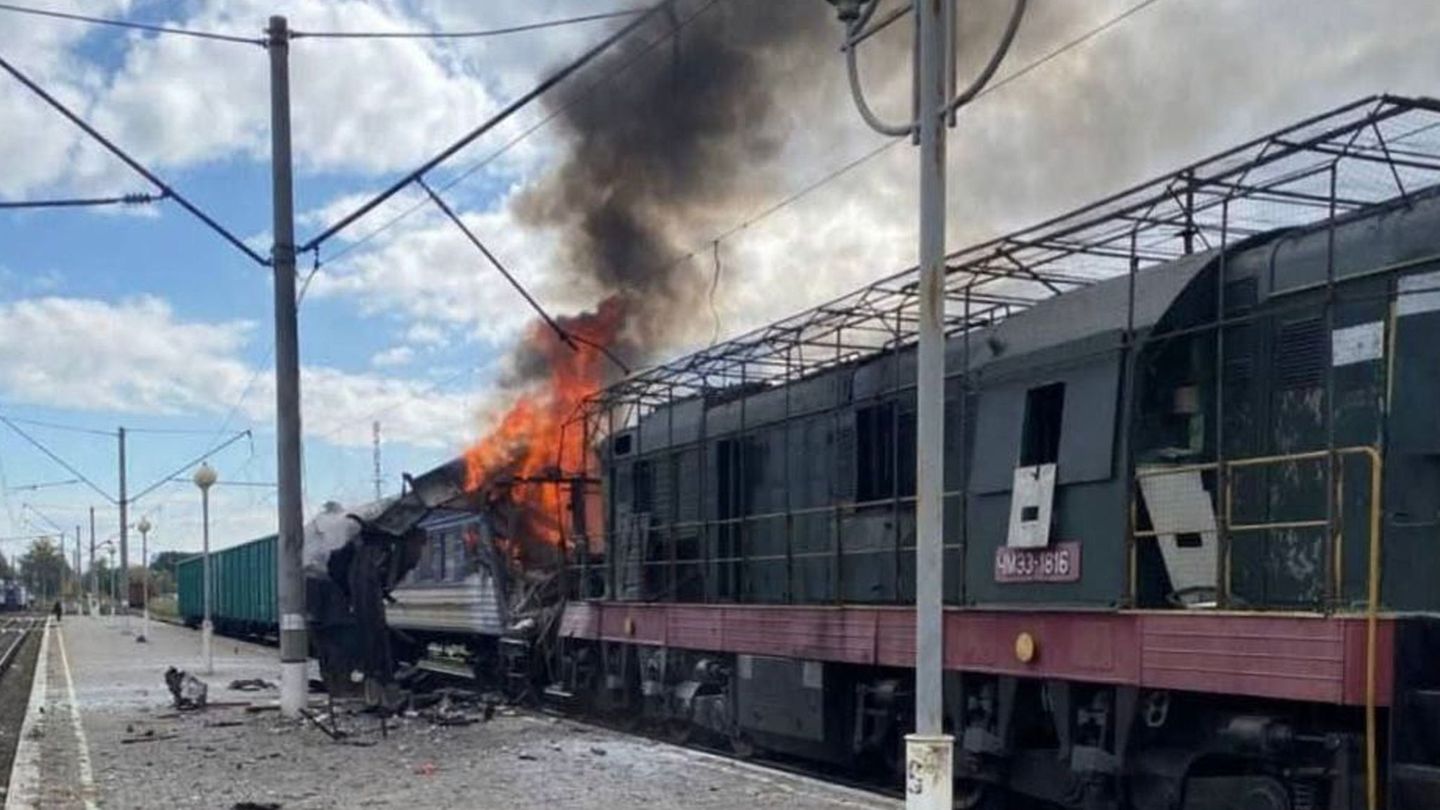Models
In addition to the political climate prior to the civic-military dictatorship of 1976, the Rodrigazo inaugurated a period of high levels of inflation. With the coup d’état, a new economic model that is usually called “financial valorization” began to take shape, which, by its own logic, increased prices in a generalized and significant way.
Together with the economic opening, the essence of this regime was external indebtedness and capital flight combined with positive real interest rates higher than the international one. The cost of financing for production was high and the interest earned on various devices, in many cases higher than the industrial profitability. They entered dollars that were converted to pesos, they were capitalized with a high rate in local money, they were reconverted to dollars and they left the national circuit. To measure the magnitude of the phenomenon since then, Argentine residents currently have abroad almost what is produced in a year in Argentina.
Between 1976 and 1982, inflation was ten times higher than in the previous stage. It averaged 200% per year. The share of wage earners in the GDP went from approximately 48% to 26%, while the product also fell.
Without changing course and with the external debt as the key to the economy and politics, during the first stage of the Alfonsín government, the functional distribution of income did not reach the levels prior to the policy change, although the participation of wage earners reached 30%. But shortly after the price stabilization plan (Primavera, Austral), the real income of the majority fell again, during the hyperinflationary process of 1989-1991, which peaked at around 3,000% per year.
traps
The private debt of the local economic groups, which are the so-called “price makers”, had been nationalized by the dictatorship in 1982, in particular by Domingo Cavallo, who in 1991 proposed a plan to solve the “main” problem of the economy. , inflation, and thus stabilize prices: convertibility.
In order to first decelerate inflation, then reduce it and then lower it, public companies were privatized -almost eliminating the role of the State in the production of goods and services- and external indebtedness continued. It was necessary to have reserves to support the currency board by which one peso was equal to one dollar from the legal point of view. The essence of the model remained intact: debt and flight.
Inflation stopped. Due to this, the social consensus with convertibility was almost unanimous. In the first stage, the real income of the majority rose, only to fall later. But the novelty was that poverty and unemployment skyrocketed, reaching a fifth of the population.
In “History of relations between Argentina and the IMF” published in 2013, Noemí Brenta points out that, in the final stage of convertibility, the Fund conditioned its support to the government: it demanded the implementation of full dollarization, that is, the adoption of the dollar as legal tender, which implies the absolute loss of monetary policy and almost organic annexation to the US, which would be completed by joining the FTAA.
It did not materialize because there was a discontinuity of the course and a change of model, with strong bids in economic power, social explosion and the greatest crisis in Argentine history.
Interpretations and causes
Currently, the rising inflationary process in the US since before the pandemic and the impact on prices of the conflict with its epicenter in Ukraine, is beginning to lead to a rise in prices on a global scale, which adds to the local dynamics.
Among the different schools of economic thought, there are discrepancies regarding the causes of inflation. However, there is consensus because it is an incontrovertible fact: devaluations have an impact on the dynamics of the general level of prices.
The foreign debt taken on during the government led by Mauricio Macri, particularly with the IMF, implies fewer State resources for public policies and dollars available for production, resulting in lower growth and employment. The shortage of dollars generates a devaluation pressure that manifests itself in high inflation. Thus, it deepens the bi-monetary feature of the economy which, in essence, is a dollarizing trend.
This stage of indebtedness recreated the conditions to promote the dollar again as legal tender in Argentina. The director of the White House National Economic Council, Larry Kudlow, made explicit statements about it in September 2018.
In times of Macri and his renewed financial appreciation, inflation doubled and remained in the current range.
Conclusions
Inflation is one of the great concerns of today. However, the problem is not inflation in itself for most of society, but rather that, with it at high levels and on an upward path, the real income of the majority decreases.
This distinction is relevant because after society is subjected to highly inflationary regimes for a long time, it seeks to resolve them at any cost, as can be deduced from the Argentine experience of the last five decades.
The constitution and the triumph of the Frente de Todos in the 2019 elections prevented the model of the 2016-2019 period from deepening, which is, ultimately, full dollarization. The resolution of the contradiction between the maximum possible unity against the dollarization project and that this amplitude does not threaten a fairer redistribution of income, has not yet found its way.
Economist UBA-UNDAV and member of Political Economy for Argentina (EPPA).
Source: Ambito




